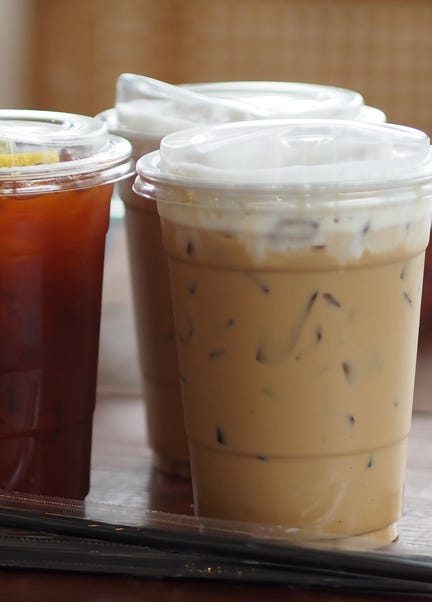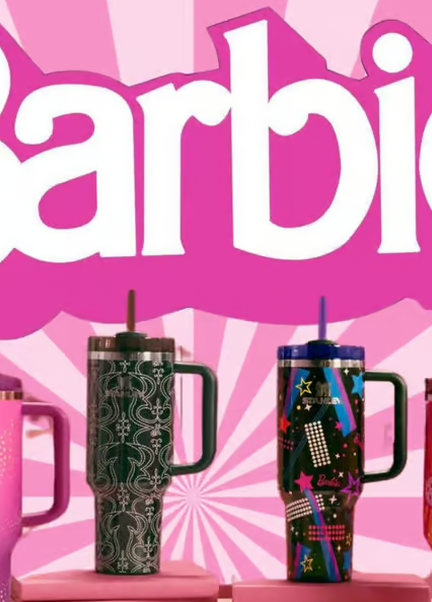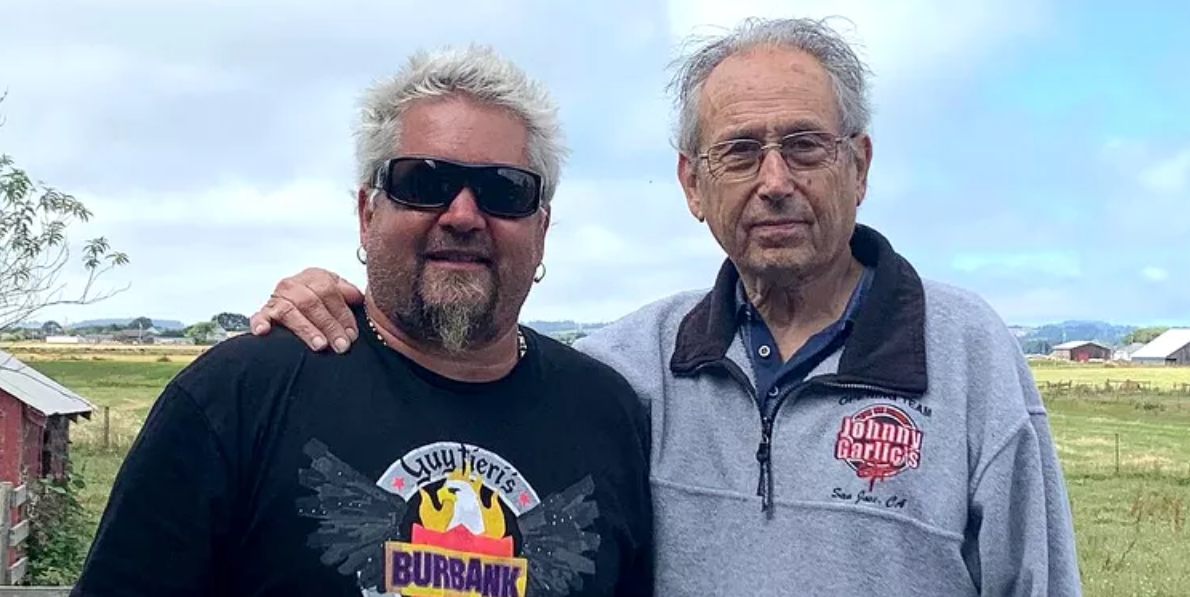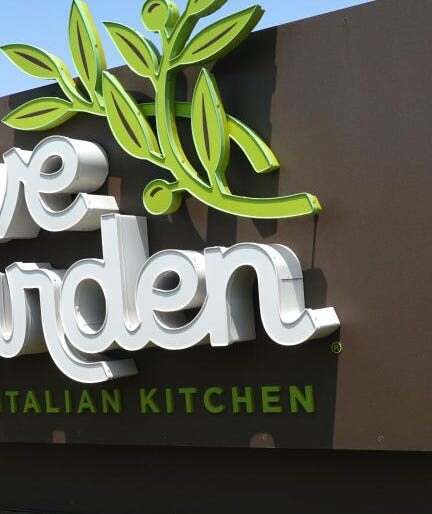Many of us have caffeine every day, whether it’s a daily cup of coffee, tea, or an energy drink. We’ve already covered how much caffeine is dangerous: the FDA says that 400 milligrams a day or less is “an amount not generally associated with dangerous, negative effects.” And 400 milligrams is the amount of caffeine in about four eight-ounce cups of coffee.
But just how much caffeine is in some of your favorite drinks? We did the research, and if you drink a few coffees a day, you might want to take notes.
Caffeine amounts vary widely depending on coffee beans and preparation. And coffee and preparation will vary amongst coffee shops. We consulted a variety of sources to get these approximations for 8-ounce servings (aside from espresso). Here’s—roughly—how much caffeine is in your favorite drinks.
Coffee
The standard 8-ounce cup of coffee, according to the USDA’s FoodData Central database, contains 95 mg of caffeine.
Espresso
Espresso is a small, concentrated amount of coffee that results from hot water being pushed through coffee grounds with high pressure. Whether it’s a single shot or double shot (doppio in Italian), the caffeine in espresso depends on several factors. The USDA says a shot of espresso is 64 mg of caffeine and Starbucks’ espresso is 75 mg.
Cappuccino
Traditionally, most cappuccinos are made with one shot of espresso, however many that you’ll buy at coffee shops are made with a double shot. A cappuccino with two shots of espresso is likely 128 mg to 150 mg of caffeine, if we consider one shot to be 64 mg to 75 mg. Keep in mind, the amount of espresso often depends on the size you order.
Latte
A latte is similar to a cappuccino, but it has more steamed milk and less foam on top. Similarly, many lattes you purchase at a coffee shop contain a double shot of espresso, and therefore contain 128 mg to 150 mg of caffeine.
Cold Brew
Cold brew is a wild card when it comes to caffeine. It’s made by soaking coarse coffee grounds in cold water for several hours. Many cold brew recipes create a highly-caffeinated concentrate that’s then diluted with water or milk before serving. So how caffeinated your cup of cold brew is will depend on how much it’s diluted. Caffeine content can also depend on the coarseness of the coffee grinds and how long the coffee is brewed.
In general, an 8-ounce cold brew might be around 100 mg of caffeine or more. A 16-ounce cold brew from Starbucks has 205 mg of caffeine.
Black Tea
Caffeine scan depend on the varieties of black tea and how long the tea is steeped, but in general, according to the USDA, an 8-ounce cup contains 47 mg.
Green Tea
Like black tea, there are many varieties of green tea. The USDA says that an 8-ounce cup contains 28 mg of caffeine.
Energy Drinks
There are a lot of energy drinks on the market; just take a look at our energy drink ranking. With can and serving sizes ranging, we averaged the caffeine content for 8-ounces of four popular picks: Red Bull, Monster, Celsius, and Rockstar. On average, one cup has 93.5 mg of caffeine, similar to coffee.
As the Associate Editor at Delish, Allie is a writer, reporter, and producer of features at the intersection of food and culture. Before Delish, Allie worked for publications including Apartment Therapy and Insider. She even spent time working in restaurants and breweries. Allie has dumpster-dived in NYC to expose food waste, reported on the invasive lionfish you can eat, and wrote about the growing trend of weed weddings. Her health and nutrition stories on hydration culture, bananas, and coffee have generated nearly 2M combined views. She loves traveling, running, and eating her way through new places and even has a thorough Google Maps ranking system for her favorite restaurants and bars! When not writing about food, she’s planning her next trip, lifting weights, or training for a race.
Expertise: food & culture (Sustainability, Health, Travel)
Education: M.S. in Journalism from Columbia University, B.S. in Information Science (User Experience Design) from the University of Michigan





